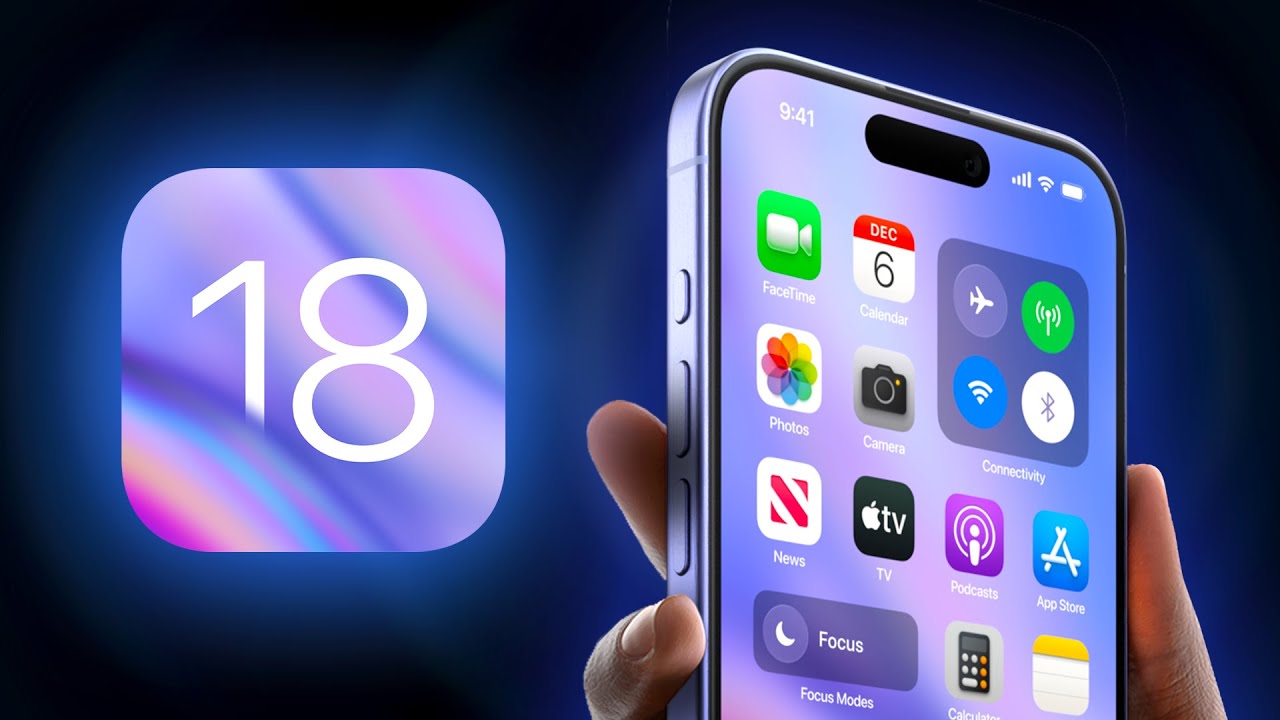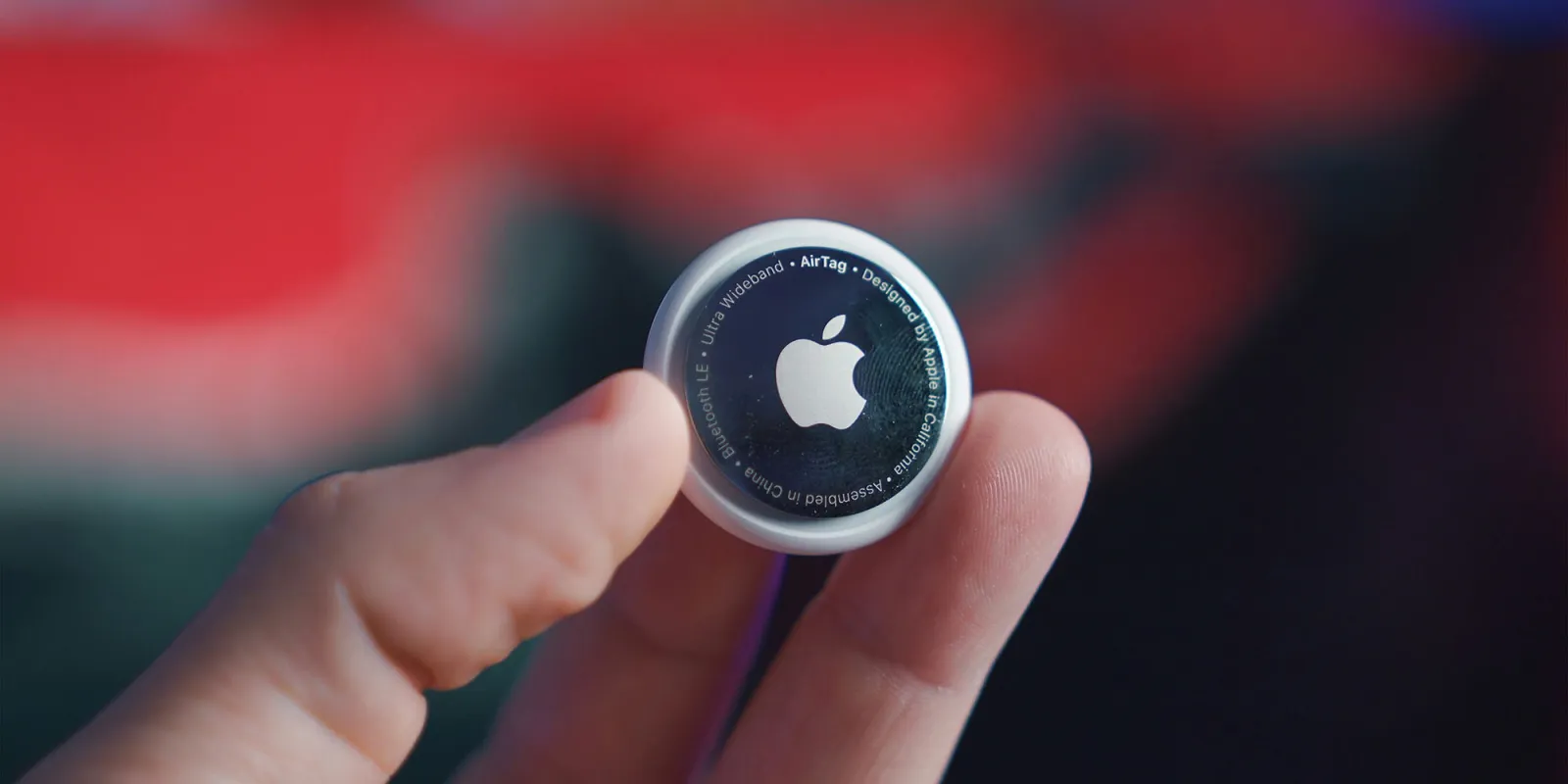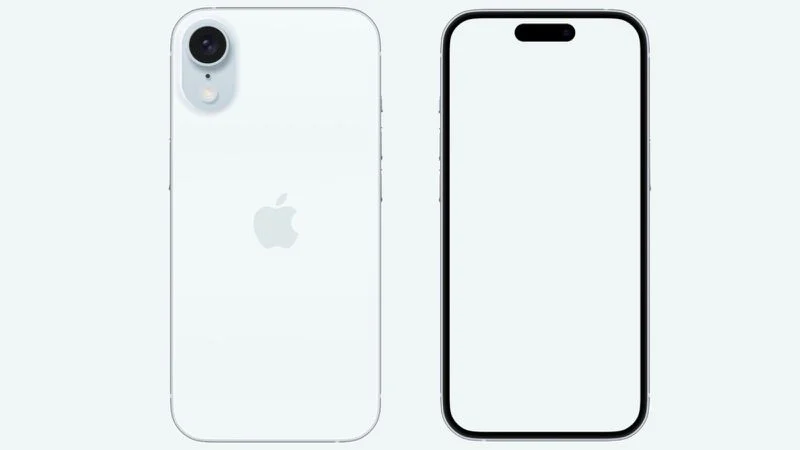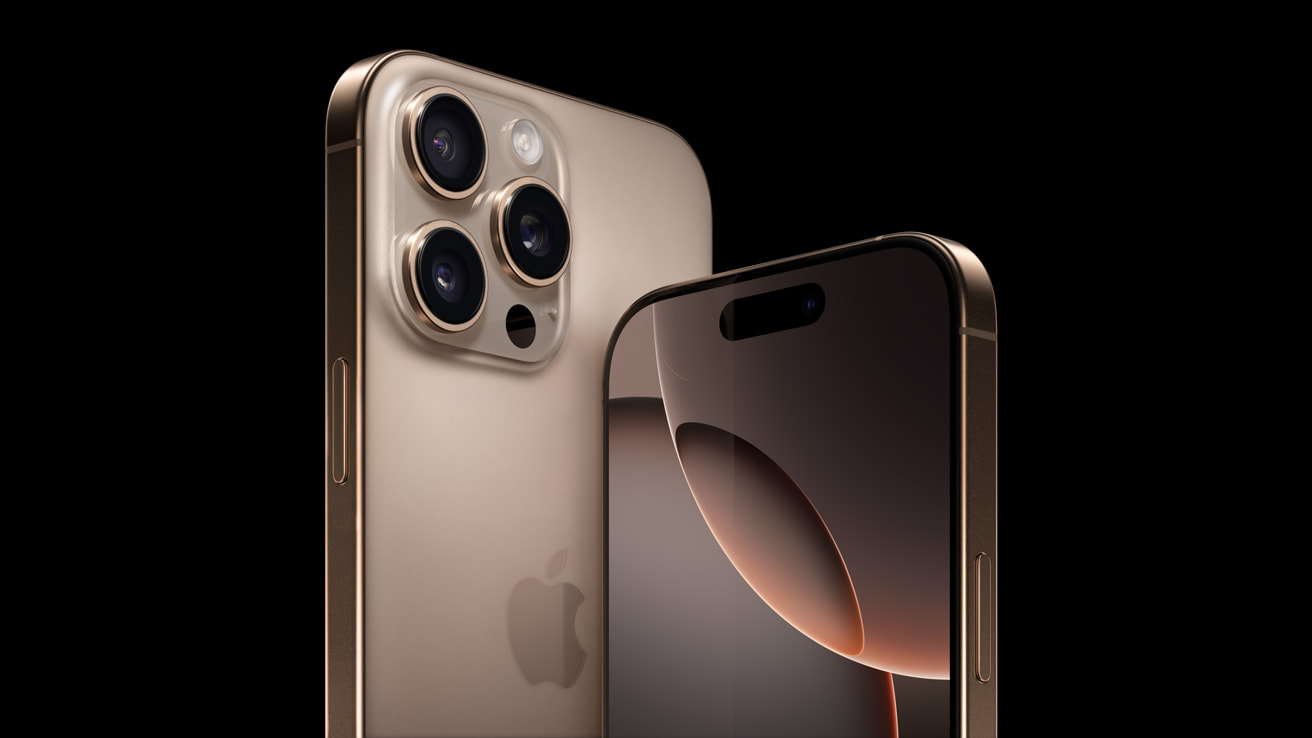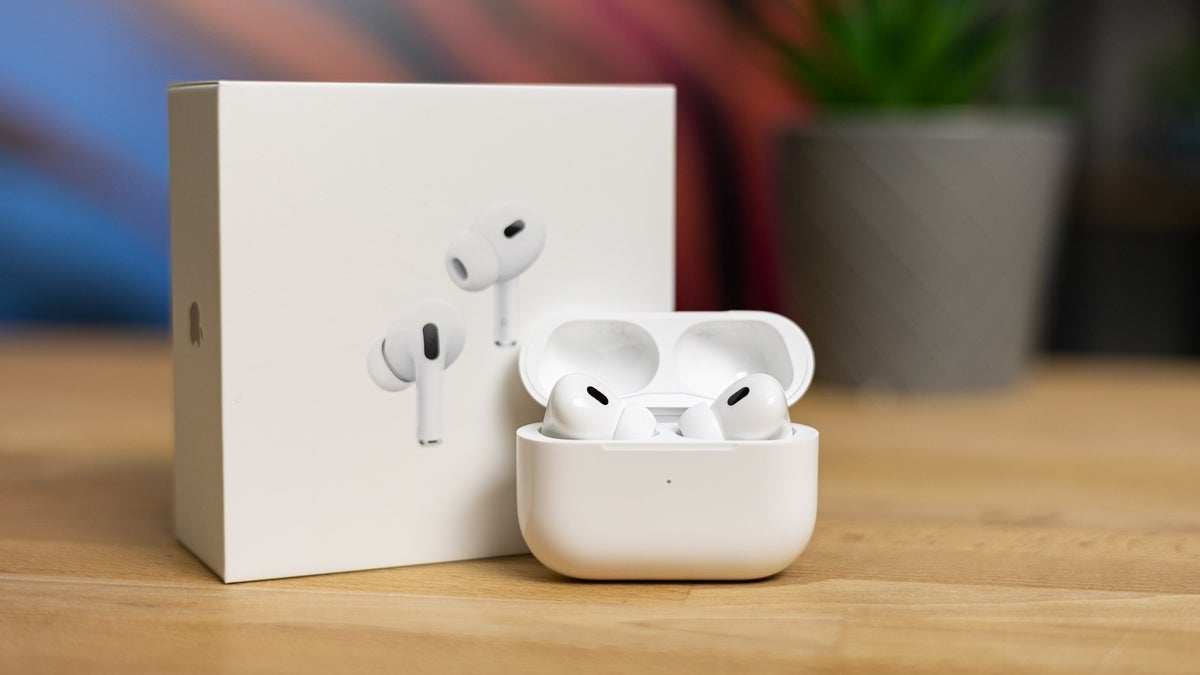Last week, Apple released the first iOS 18.4 beta for developers to try out. However, they’ve stopped offering it for some devices because of problems. According to Aaron Perris from MacRumors, the iOS 18.4 beta can’t be installed anymore on the iPhone 12 mini, iPhone 12, iPhone 12 Pro, or iPhone 12 Pro Max. It’s also unavailable for certain older iPad Air models and basic iPads.
The trouble started when the beta caused some iPhone 12 devices and others to get stuck in a “boot loop.” This means the device kept restarting and couldn’t be used. That’s why Apple always reminds users to save a backup of their iPhone before trying beta versions. Early software like this can have big glitches.
Here’s the list of devices where iOS 18.4 beta 1 is no longer active:
- iPhone 12 Pro
- iPhone 12 Pro Max
- iPhone 12 Mini
- iPad 8 (Cellular)
- iPad Air 4th Gen (Wi-Fi and Cellular)
- iPad Air 11-inch (M2) (Cellular)
- iPad Air 13-inch (M2) (Cellular)
There might have been extra issues with some cellular iPad Air models, beyond just the boot loop. Apple also stopped the first watchOS 11.4 beta for the Apple Watch Series 6. The company is expected to fix these problems and release the betas again for the affected devices, but no one knows when that’ll happen.
Sadly, this isn’t the first time Apple has had to pull back a beta update because of bugs. For now, if you’re using one of these devices, you’ll have to wait for a more stable version. Always back up your stuff before testing new software—it’s a small step that can save you a lot of headaches!
iOS 18.4 beta 1 is now unsigned for the following devices:
iPhone 12 Pro
iPhone 12 Pro Max
iPhone 12 Mini
iPad 8 (Cellular)
iPad Air 4th Gen (Wi-Fi and Cellular)
iPad Air 11-inch (M2) (Cellular)
iPad Air 13-inch (M2) (Cellular)(h/t @dhinakg) https://t.co/esVqZ13cdy
— Aaron (@aaronp613) February 22, 2025
